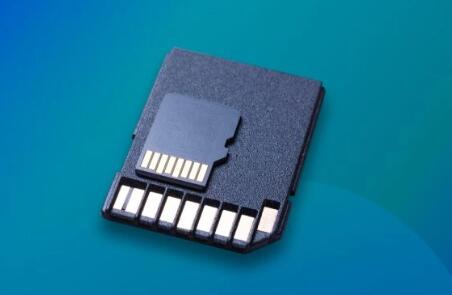Accidental deletions, formatting errors, corruption, or even physical damage can render your precious files inaccessible. Fortunately, data recovery is often possible, provided the right steps are taken.
SD Card Data Loss
Before diving into recovery methods, it’s essential to understand why data loss occurs on SD cards. Some common scenarios include:
Accidental Deletion: Files can be easily deleted by mistake, often without any warning.
Corruption: Improper ejection from devices or file system errors can lead to data corruption.
Formatting: Sometimes, users format their SD cards thinking it will solve a problem, only to realize they’ve lost all their data.
Physical Damage: SD cards can suffer physical damage from exposure to water, heat, or mechanical stress.

Step-by-Step Data Recovery Process
Step 1: Stop Using the SD Card
Once you realize data loss has occurred, stop using the SD card immediately. Continuing to write new data can overwrite the deleted files, making recovery significantly more challenging or impossible.
Step 2: Assess the Situation
Determine the extent of the data loss. Ask yourself:
What type of files are missing?
Was the card corrupted, formatted, or did files just disappear?
Have you attempted any recovery methods before?
Gathering this information will help you decide the best recovery approach.
Step 3: Choose the Right Data Recovery Software
There are numerous data recovery software options available. Here are a few reputable choices:
Recuva: A user-friendly tool for recovering deleted files from SD cards.
PhotoRec: Open-source software that focuses on recovering images and videos.
EaseUS Data Recovery Wizard: A powerful recovery solution with a straightforward interface.
Disk Drill: Offers a range of features for both beginners and advanced users.
Select software that suits your needs based on the type of files you are trying to recover and your technical comfort level.
Step 4: Install the Recovery Software
Download the Software: Visit the official website of your chosen recovery tool and download it.
Install the Software: Follow the installation instructions. Ensure you install the software on a different drive than the one you are trying to recover data from, preferably your computer’s main drive.
Step 5: Connect the SD Card to Your Computer
Use a card reader to connect your SD card to your computer. Make sure the card is recognized by your system. You may see a pop-up notification or the card may appear in your file explorer.
Step 6: Launch the Recovery Software
Open the installed recovery software. Follow these general steps, noting that the exact interface may vary by program:
Select the SD Card: The software should display a list of drives. Choose your SD card.
Start the Scan: Initiate a scan to search for recoverable files. Depending on the size of the SD card and the depth of the scan, this process may take some time.
Step 7: Review Scanned Results
Once the scan is complete, the software will present a list of recoverable files. This can include deleted files and files that are still intact but may have been corrupted.
Preview Files: Most recovery tools allow you to preview files before recovery. This helps ensure you’re restoring the correct files.
Select Files for Recovery: Check the boxes next to the files you want to recover.
Step 8: Recover the Files
Choose a Recovery Location: The software will prompt you to select a location to save the recovered files. Make sure to choose a different drive than your SD card to avoid overwriting any additional data.
Start the Recovery Process: Click the recovery button and wait for the process to finish. Once complete, you should have your files restored to the selected location.
Step 9: Verify the Recovered Files
Navigate to the location where you saved the recovered files and verify their integrity. Open the files to ensure they are not corrupted and are in usable condition.
Additional Recovery Tips
Backup Regularly: To avoid future data loss, make a habit of backing up important files regularly. Consider using cloud storage or external hard drives.
Safely Eject SD Cards: Always use the “Safely Remove Hardware” option to prevent corruption from improper ejection.
Use High-Quality SD Cards: Invest in reliable brands that offer better durability and data protection features.
About us and this blog
Panda Assistant is built on the latest data recovery algorithms, ensuring that no file is too damaged, too lost, or too corrupted to be recovered.
Request a free quote
We believe that data recovery shouldn’t be a daunting task. That’s why we’ve designed Panda Assistant to be as easy to use as it is powerful. With a few clicks, you can initiate a scan, preview recoverable files, and restore your data all within a matter of minutes.
Subscribe to our newsletter!
More from our blog
See all postsRecent Posts
- Data recovery salt lake city utah 2025-04-18
- Data recovery sacramento 2025-04-18
- Data recovery miami 2025-04-18

 Try lt Free
Try lt Free Recovery success rate of up to
Recovery success rate of up to









